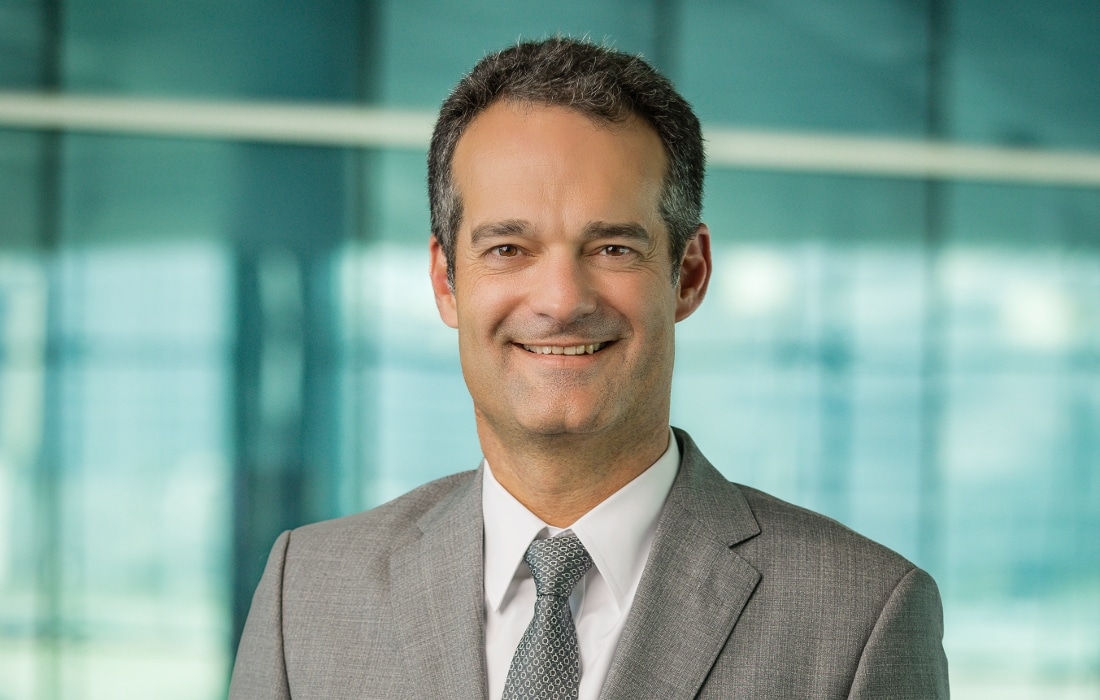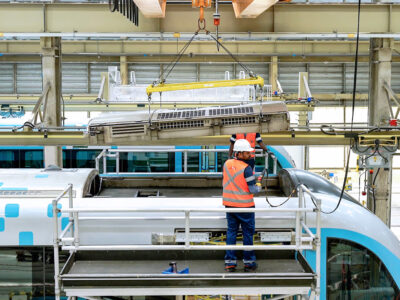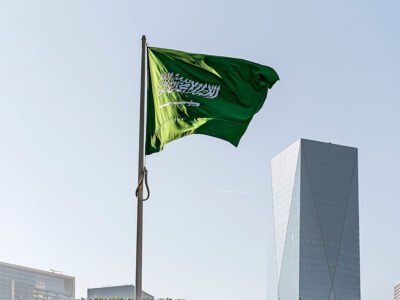Etihad Airways plans to carry 21.5 million passengers by the end of 2025, more than double the number recorded in 2022, Chief Executive Officer Antonoaldo Neves has announced.
The Abu Dhabi-based carrier expects to receive 18 new aircraft before the year ends as part of its expansion strategy.
Two aircraft have already joined the fleet, with 16 more scheduled for delivery in the coming months.
Etihad’s ambitious growth and expansion plans
Having transported more than 10 million passengers during the first half of the year, the airline is on track to close 2025 with a fleet of between 115 and 120 aircraft, Neves told the Emirates News Agency (WAM).
The airline reached financial break-even in 2022, achieved a profit margin of 3 per cent in 2023, and increased that to around 6 per cent last year. This year, profit margins are expected to range between 7 and 8 per cent.
The company is following a strategy of “gradually expanding margins each year” and is funding its growth through internal cash flows, contributing to sustainable financial performance, Neves said.
Etihad’s network is approaching 100 destinations. The growth strategy includes adding new routes and increasing frequencies on existing routes.
Flights to destinations such as Frankfurt and Barcelona have doubled to twice daily, while Bangkok now receives five daily flights during peak periods.
Around two-thirds of the increased capacity is allocated to existing destinations, with only one-third targeting new routes.
Atlanta launched with five weekly flights and now operates daily. New York, which had one daily flight 18 months ago, now operates two, and all western destinations are now served with daily flights.

Neves confirmed that Etihad Airways’ strategy through to 2030 focuses on strengthening its presence in markets within a four-hour flight radius, including India, Pakistan and the Middle East. The airline currently operates four daily flights to destinations such as Colombo, Riyadh, Jeddah, Mumbai and Muscat.
The airline aims to offer at least two daily flights to all its destinations across Southeast Asia, Europe and the eastern United States, he said.
Etihad will take delivery of its first A321 Long Range aircraft this week in Hamburg. This will be the first narrow-body aircraft in the fleet to feature a first-class cabin with fully flat luxury seats, describing it as “the world’s best travel experience on a narrow-body aircraft.”
Zayed International Airport has the capacity to support the growth, with plans to grow the fleet to around 200 aircraft and serve between 38 and 39 million passengers by 2030, doubling the company’s size over the next five years.
Neves praised the development in Abu Dhabi, noting that the capital’s population is growing at an annual rate of 7 per cent – five to six times the global average – which is driving demand for travel and services.
“We have doubled our flight capacity in Abu Dhabi in just two and a half years. This positions us as a major contributor to development, while also benefiting significantly from government investment in infrastructure and tourism,” he said.
International events hosted by Abu Dhabi, including exhibitions and conferences, along with its expanding tourism and cultural sectors, are contributing to increased travel demand to and from the capital.
Etihad had expected delays from manufacturers and structured its operational plans by accelerating the induction of leased aircraft and reintroducing seven A380 aircraft into service.
The airline is now more agile and better positioned to respond to market dynamics as it continues advancing towards its vision of becoming the preferred airline for travellers by offering service, flexibility and expansion.








